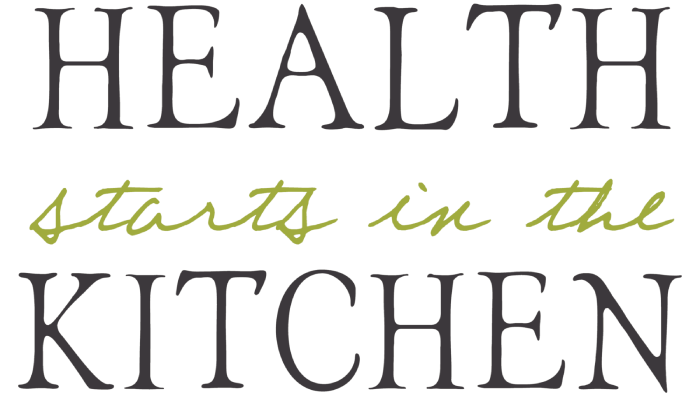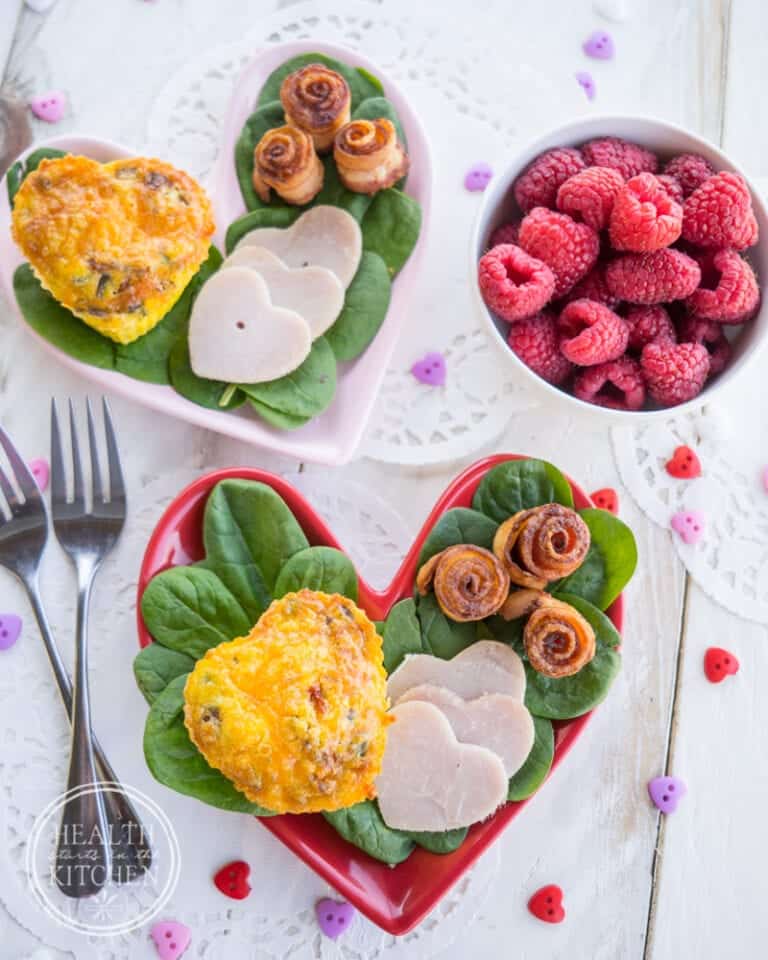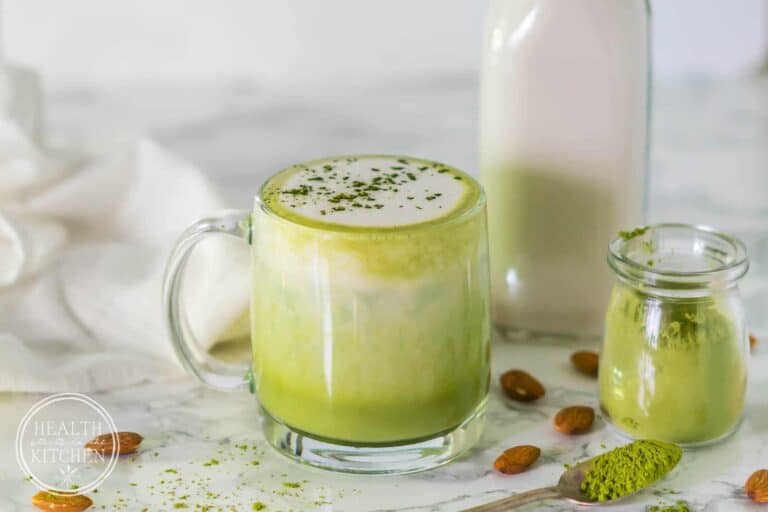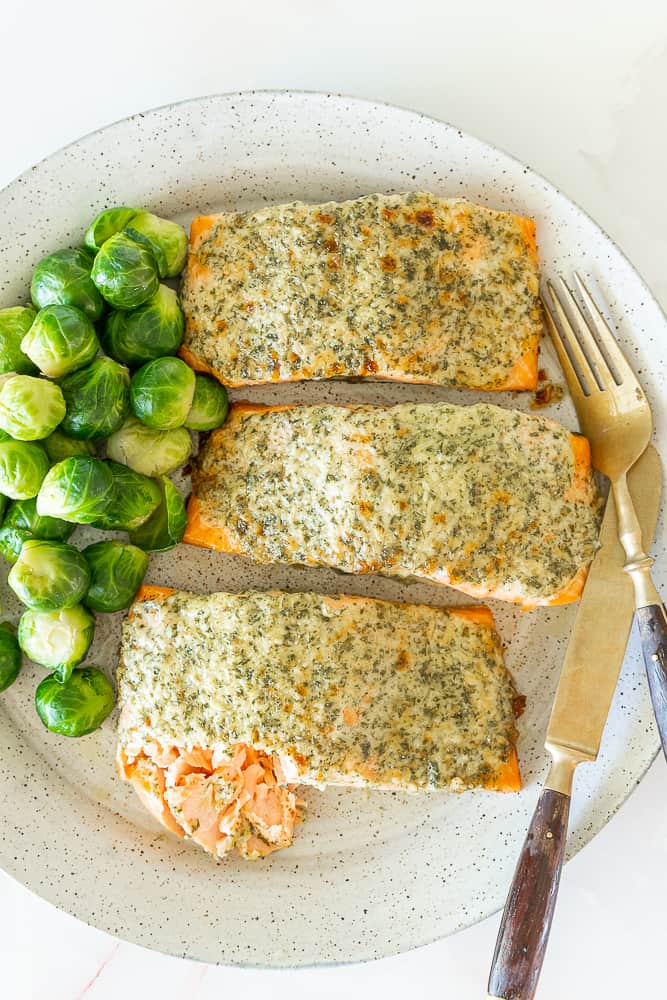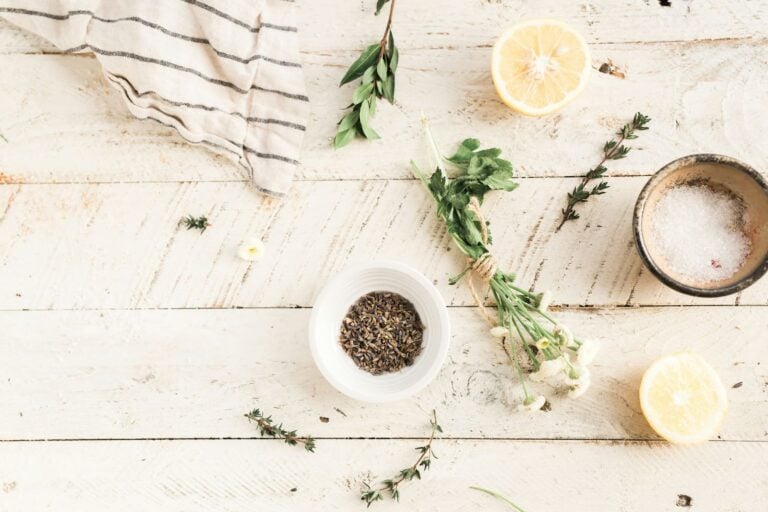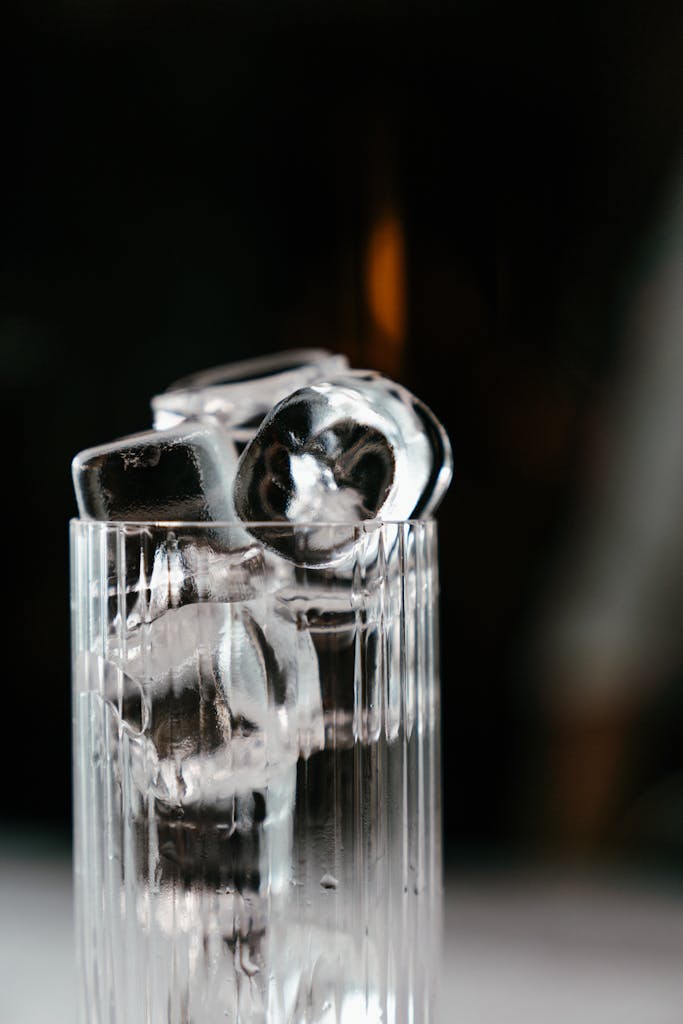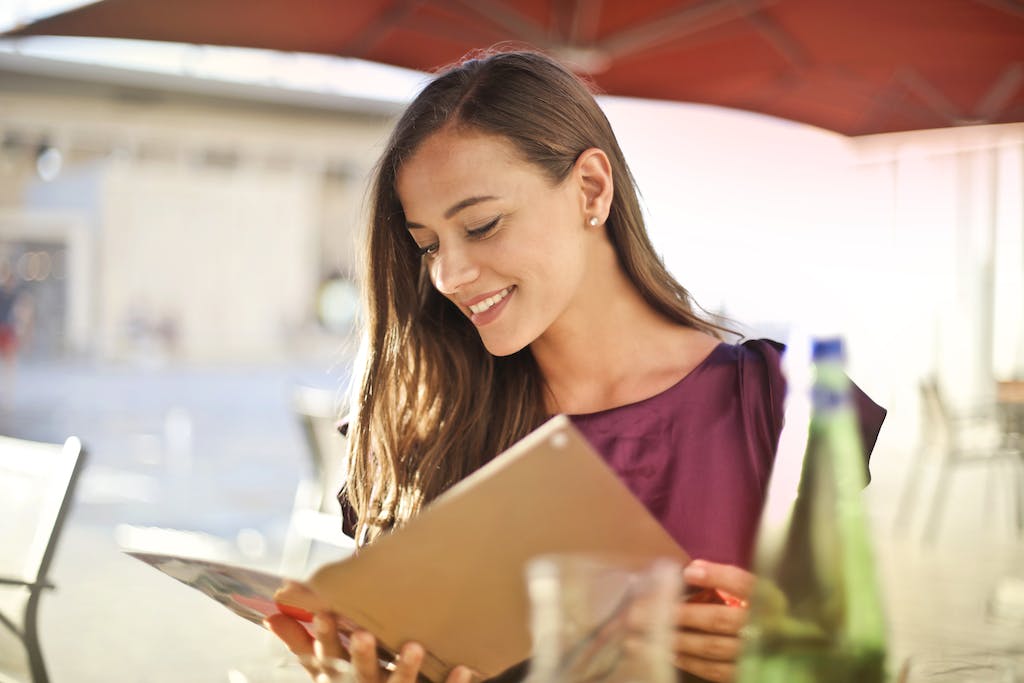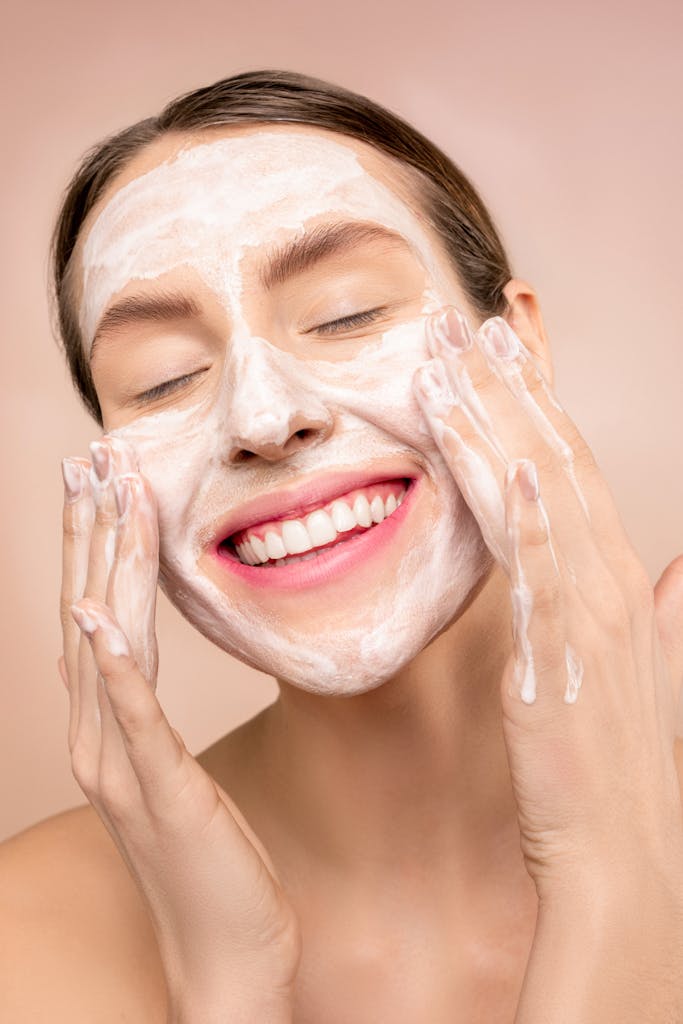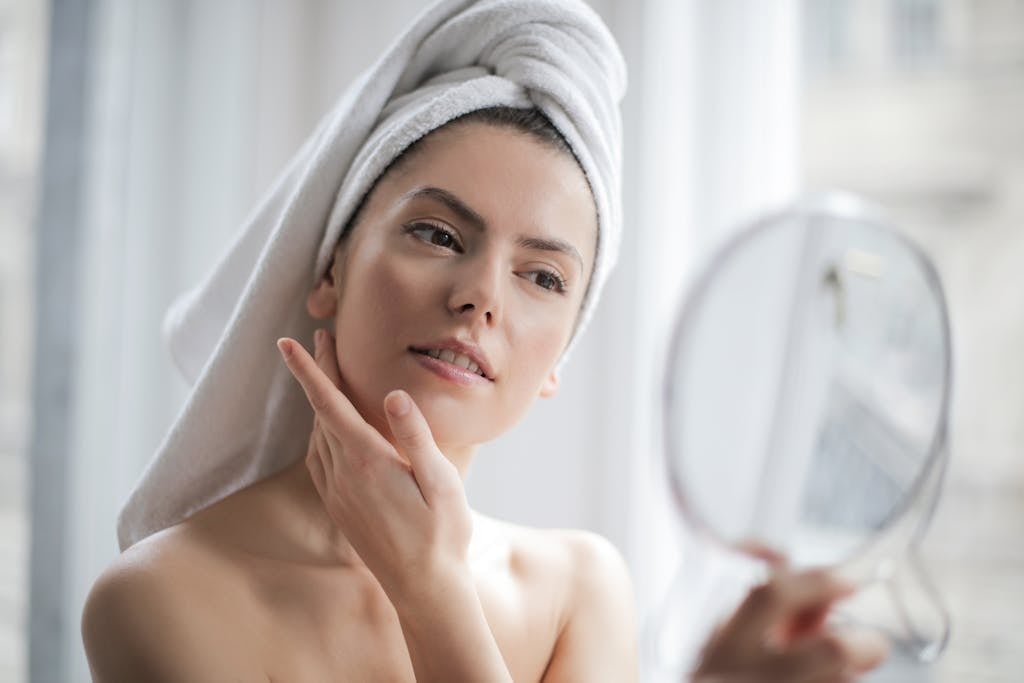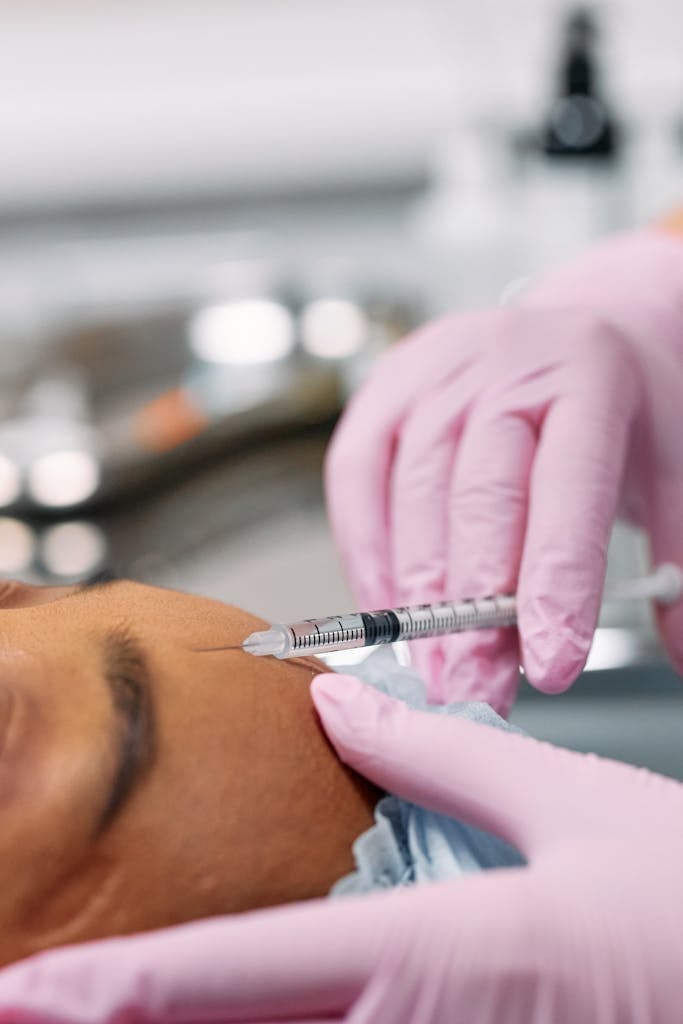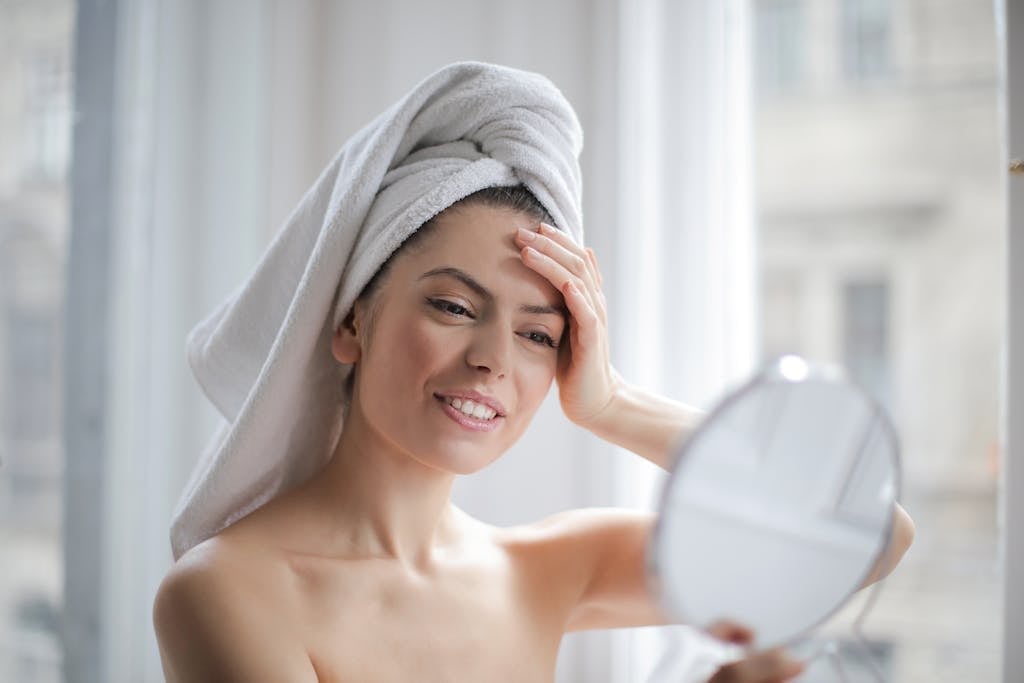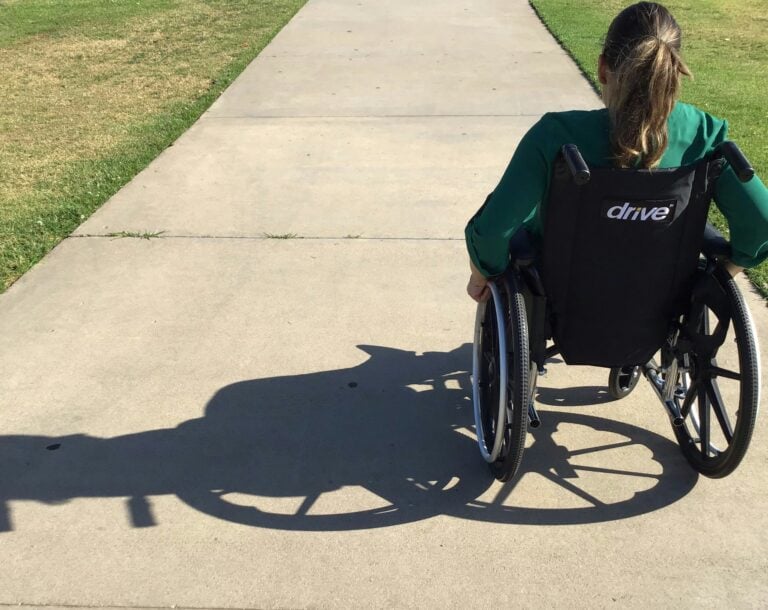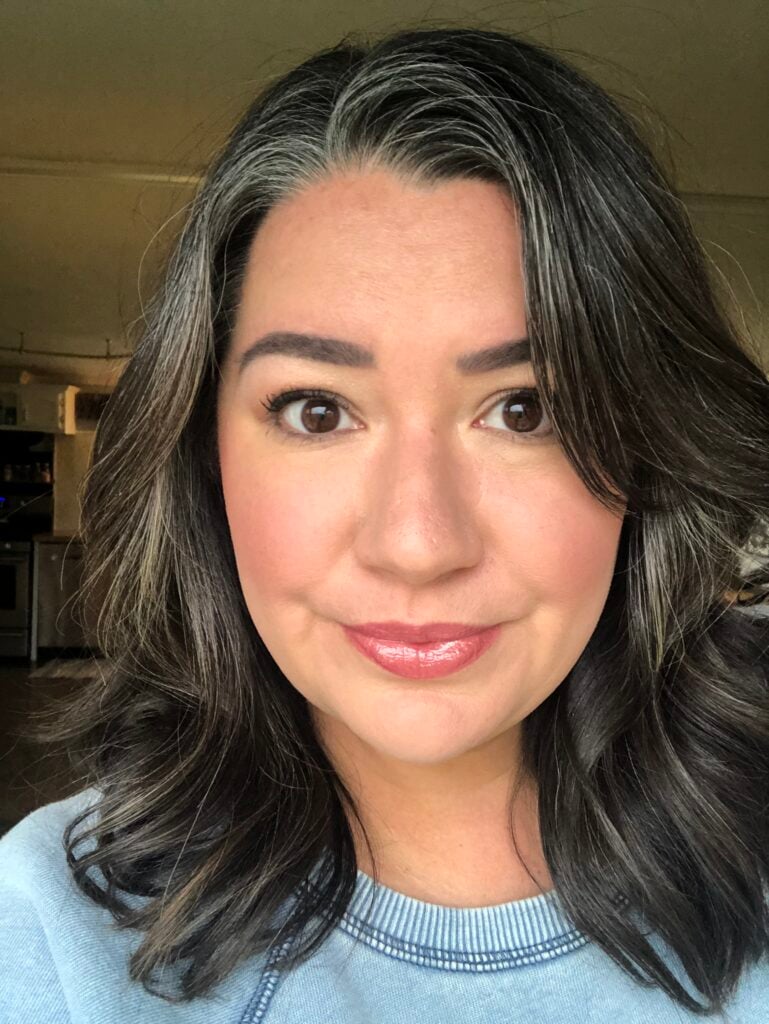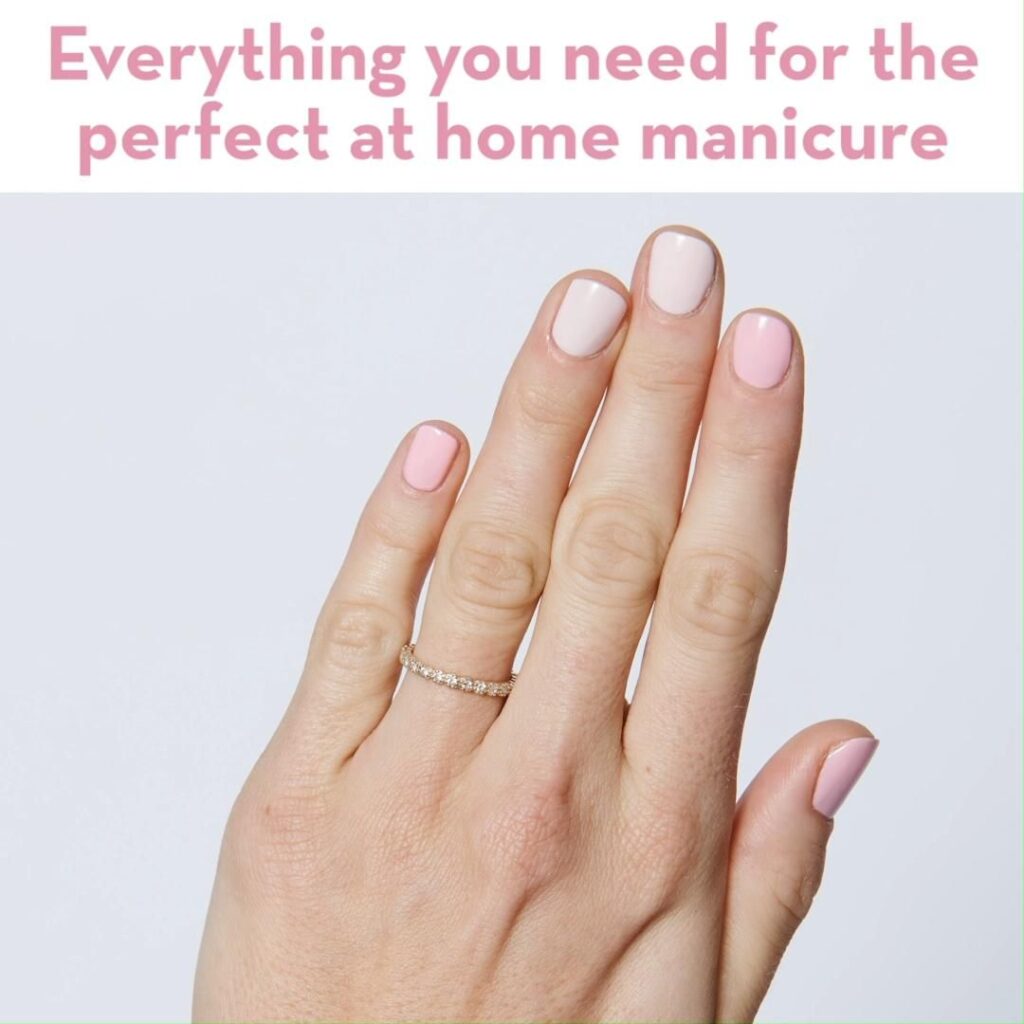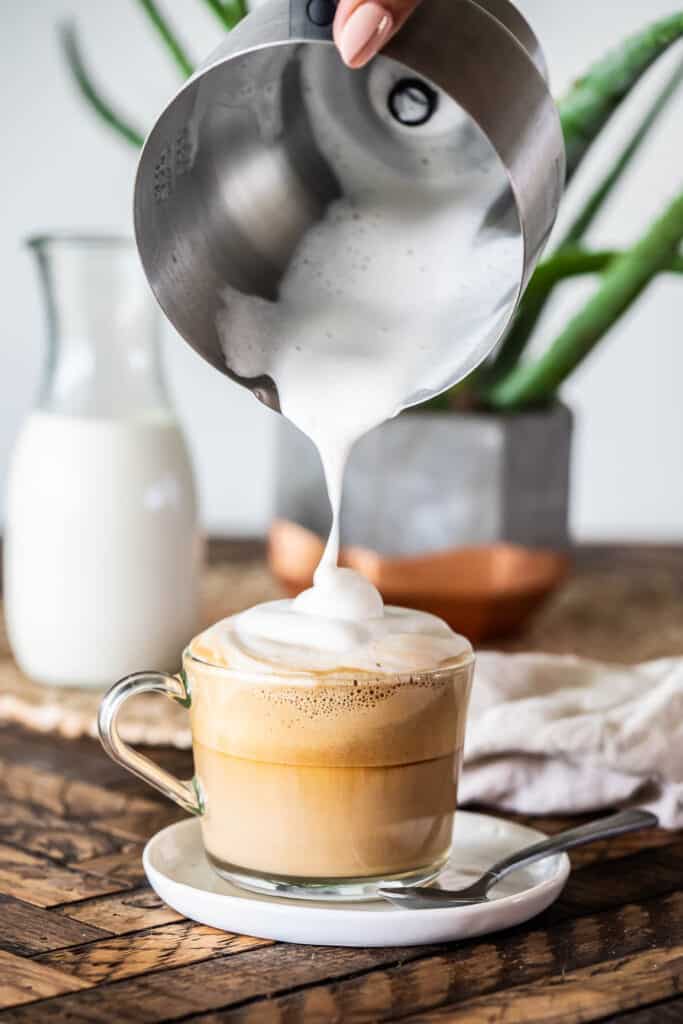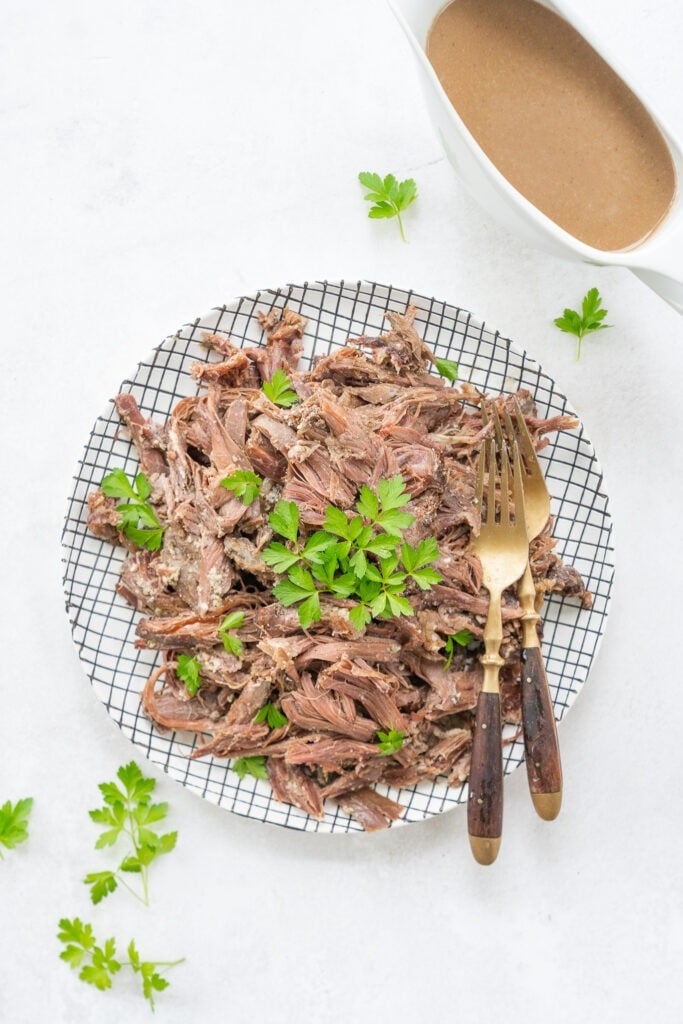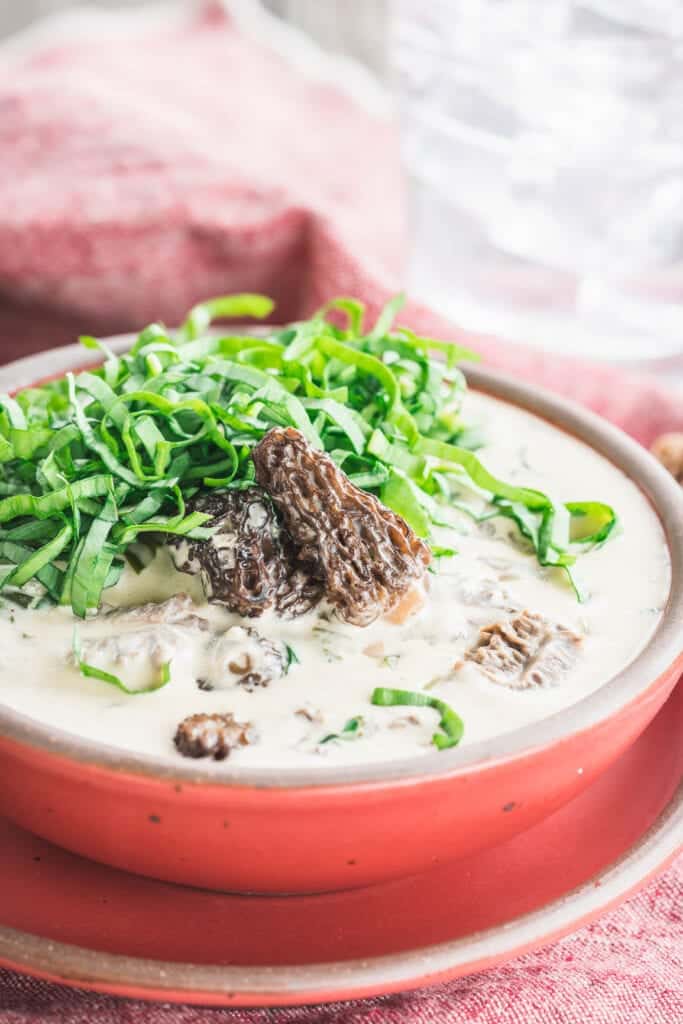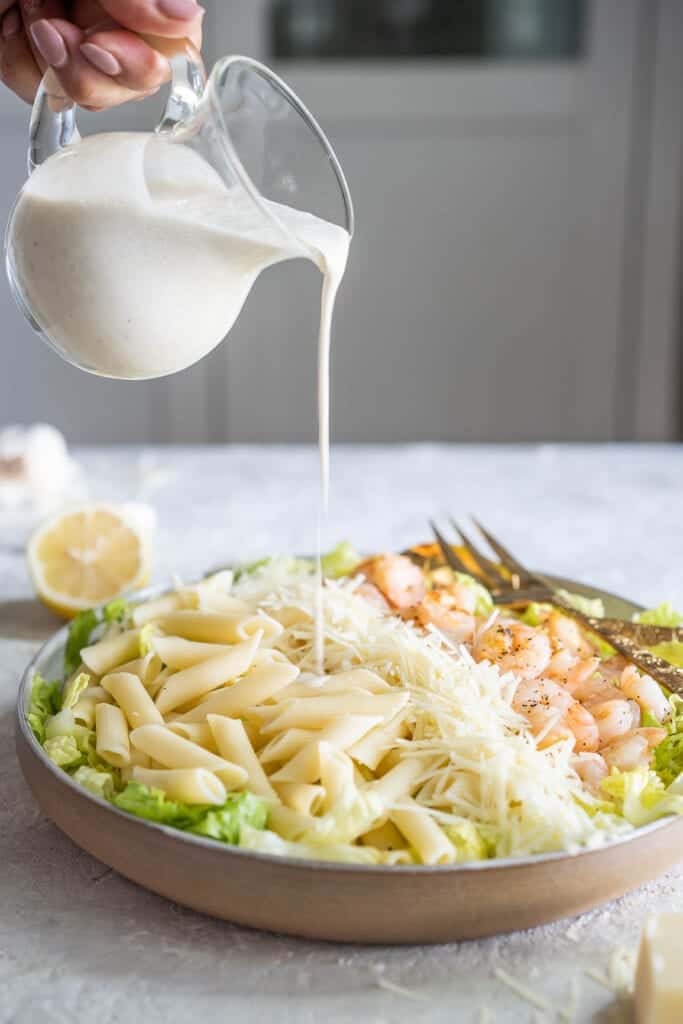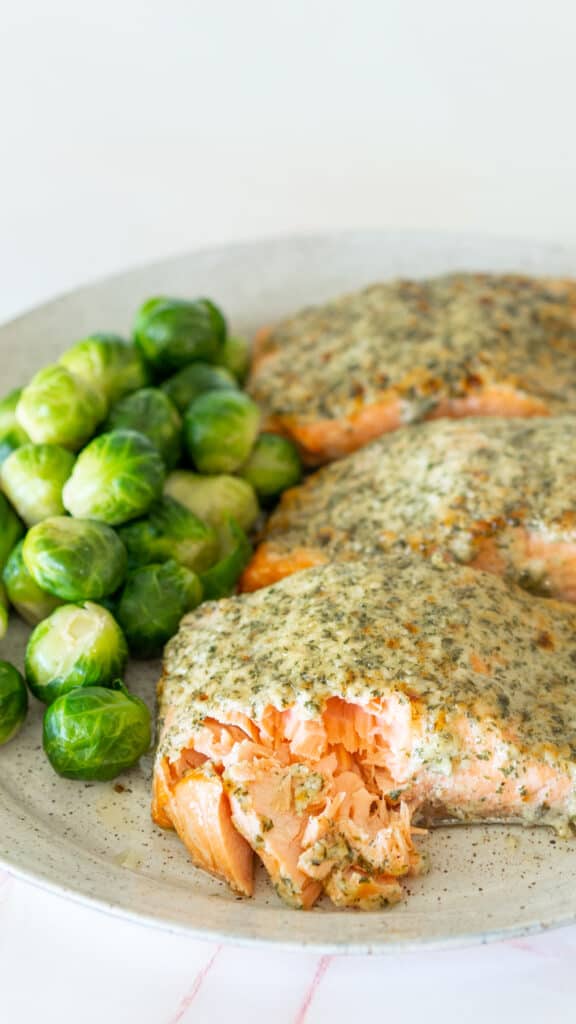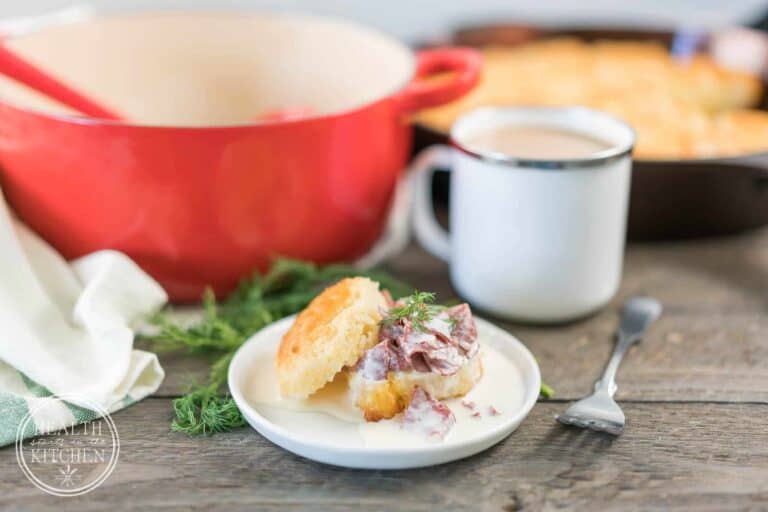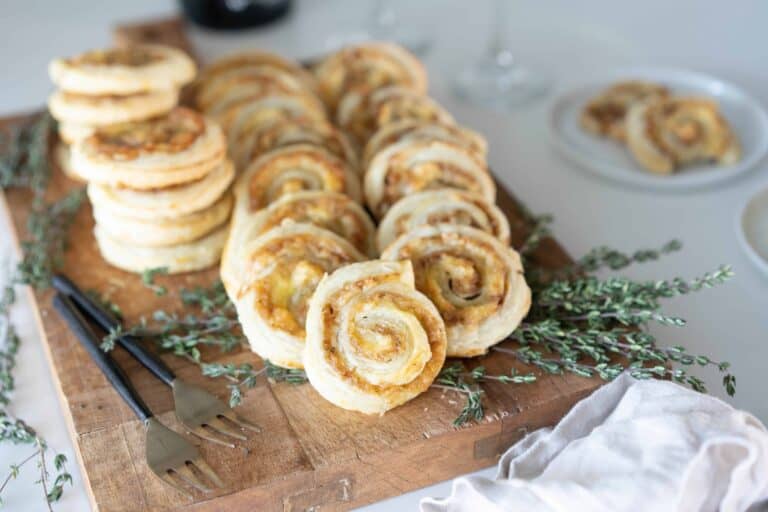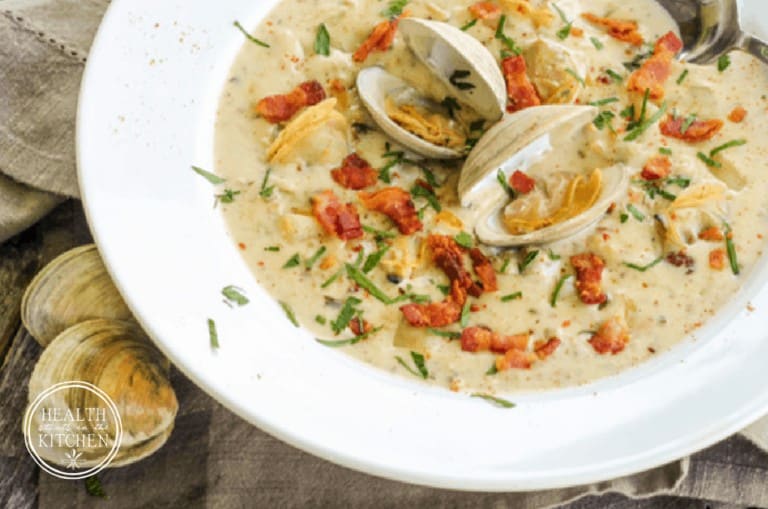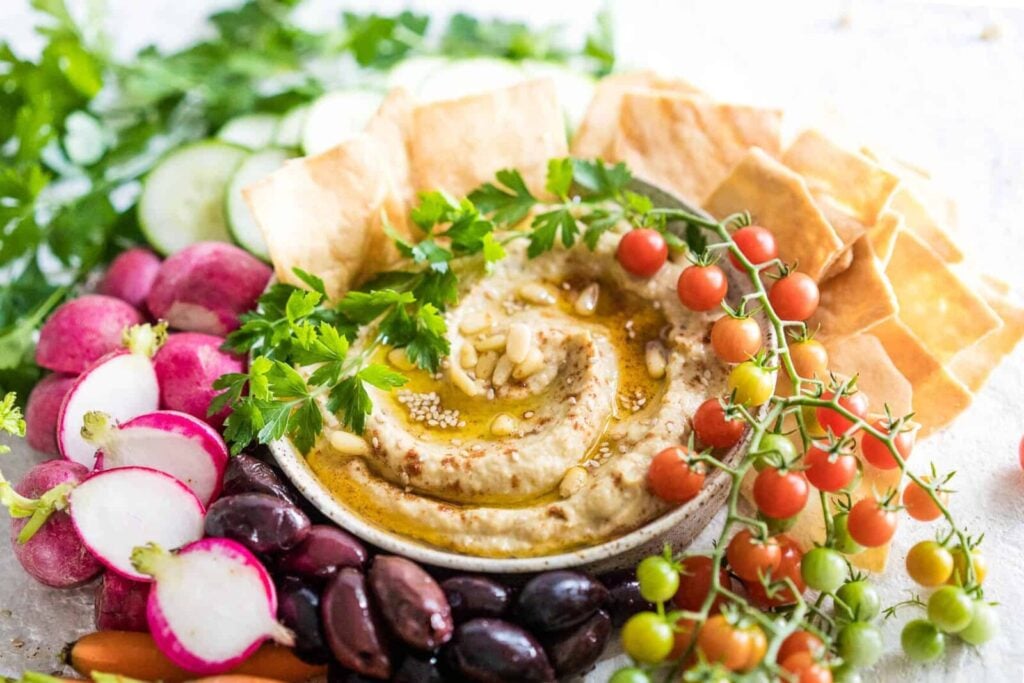
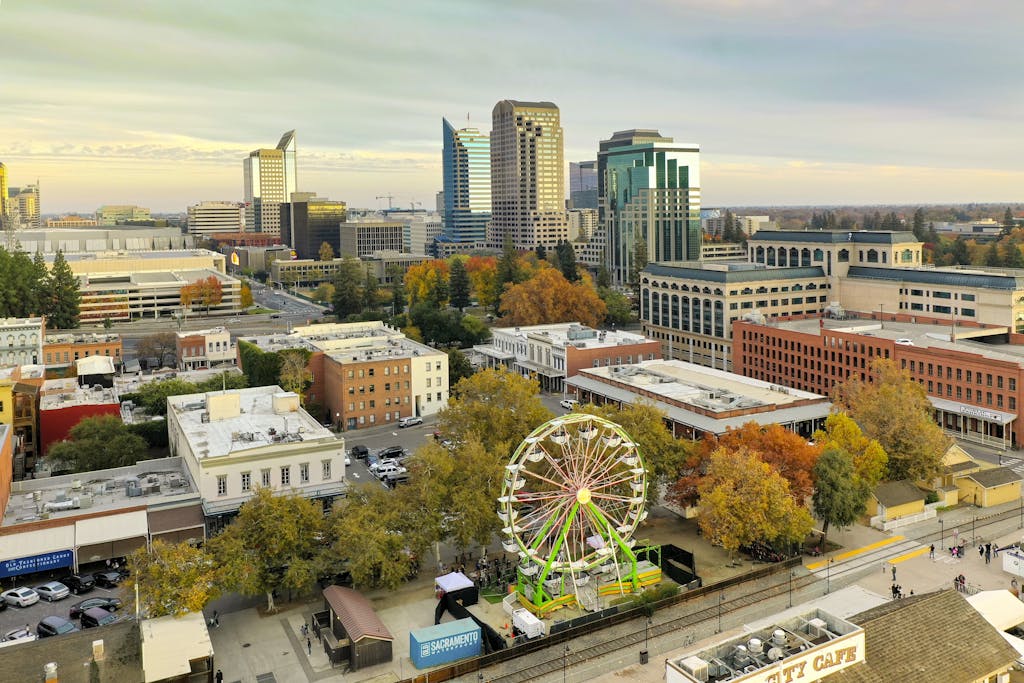
Unleash the Romance; 10 Memorable Date Ideas in Sacramento
Let’s dive into a world of romance in Sacramento, the vibrant capital of California. This city offers a treasure trove of opportunities for romantic adventures, perfect for those looking to spark new connections or reignite old flames. From charming parks to cultural gems, here are ten delightful date suggestions that will surely leave a lasting impression on your time together.
Welcome to my Kitchen!
Back in 2012 when I hit publish on my first blog recipe, never in a million years would I have imagined that I’d be where I am today.
With 2 published cookbooks; Without Grain & Fermented Foods at Every Meal and my recipes reaching millions of people every month, I’m beyond grateful for each and every one of you!
Sprinkle in a passion for food photography and I’ve finally found the secret to a successful career that doesn’t feel like work. I believe that food is the one thing that can bring us all together, it’s what we lean on during the hard times and what we use to celebrate the joys of life, so let’s make sure it’s always delicious!
